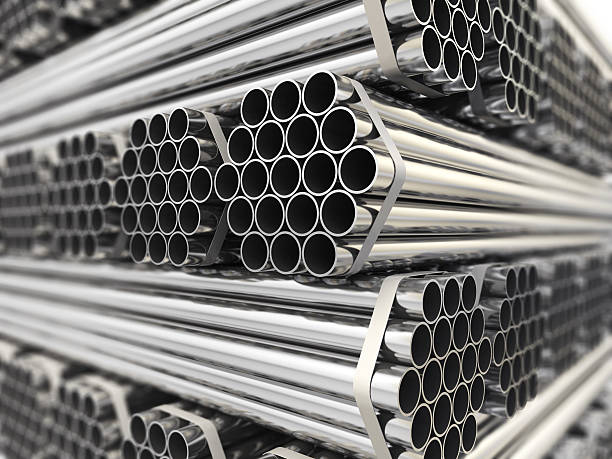Stainless Steel
Stainless steel, an alloy of iron, carbon, and chromium, is prized for its exceptional resistance to rust, staining, and corrosion compared to regular steel. Widely used in construction and tool manufacturing, it ensures durability in challenging environments.
This robust metal alloy, enhanced by chromium and other elements, excels in applications requiring hygiene, corrosion resistance, and aesthetic appeal. Its composition allows for versatility across industries, from structural components to precision instruments.

Stainless steel pipes are a cornerstone in industries demanding high corrosion resistance and longevity. Composed primarily of iron and carbon with significant chromium content (typically 10.5% or more), stainless steel forms a passive chromium oxide layer that protects against rust and staining. Additional elements like nickel and molybdenum enhance its properties, making it suitable for diverse applications in harsh environments.
Stainless steel pipes are available in various grades, each designed for specific performance characteristics and applications.
| Grade | Description | Application |
|---|---|---|
| 304, 304L | Standard 18/8 chromium-nickel grades, low corrosion resistance | General-purpose piping, food processing, architectural structures |
| 310, 310S | High-temperature resistant grades | Furnaces, heat exchangers, kiln linings |
| 316, 316L | Enhanced resistance to pitting corrosion in chloride environments | Marine, chemical processing, pharmaceutical equipment |
Stainless steel pipes are vital in industries requiring reliability, hygiene, and resistance to environmental factors:
| Properties | Values & Limits |
|---|---|
| Material | Stainless Steel, Seamless/Welded |
| Size | 1/2" to 24" |
| Pressure Rating | 150#, 300#, 600#, 900#, 1500#, 2500# |
| Standards | ASME B36.19, ASTM A312, EN, DIN |
| Surface Finish | Polished, Pickled, Annealed |